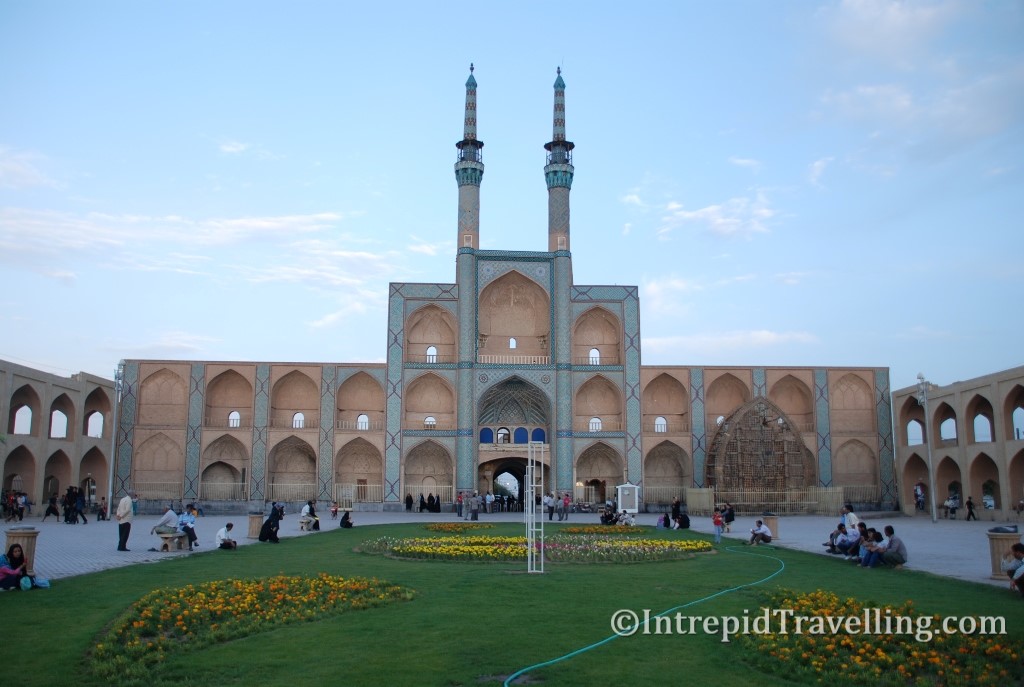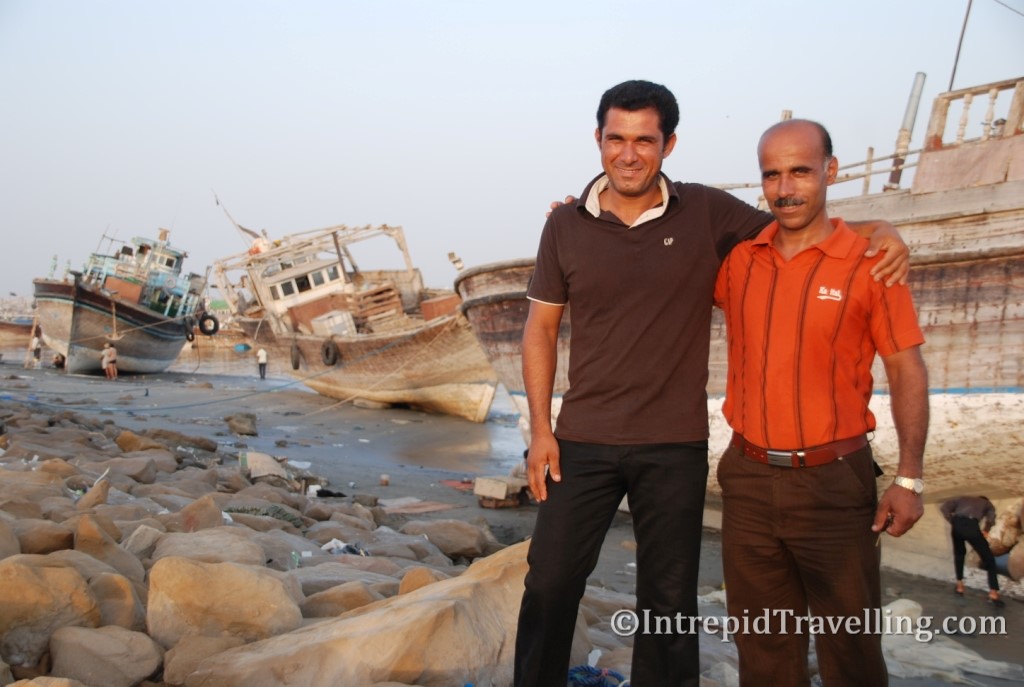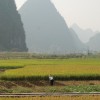For over 2,500 years Persia (modern day Iran) has been home to various Empires, including some of history’s greatest, that was until January 1979 when the ‘Glorious Islamic Revolution’ overthrew the Shah, installing religious clerics and Mullahs into power, headed by the Supreme Leader Ayatollah Ruhollah Khomeini. At this point the clock was rolled back; Iran’s relations with the West soured and became increasingly isolated, people’s freedoms and women’s rights were reduced - the rest is history.
Iran was part of my original ‘grand scheme’ for this trip; however after reading into visa requirements I lost faith and had basically decided not to bother. This was until I met some Iranian boatmen in Dubai port who renewed my interest and enthusiasm to make the effort to visit. It would certainly be interesting and at least now I had friends to visit, but on account of ‘that’ visa process, it nearly didn’t happen for me as the embassy in New Dehli made it as difficult as possible. I would travel across the Islamic Republic from the border crossing at Pakistan’s Taftan to Turkey in the northwest.







With Pakistan behind me and another police escort on the Iranian side of the border through Iranian Balochistan on account of security concerns for foreigners and my shorts still packed deep in my pack (Iran actually has a legally enforced dress code I hear) I arrived into the border town of Zahedan. I would wait at the Police station briefly before being dropped at the local bus station and asked to take a bus away from the border area as it was somewhat lawless. Of course this was somewhat unnerving, but intrepid travelling can be sometimes.
Soon I was aboard the first of many luxury Iranian public buses I would take, as I traverse this ancient land, crossing Iran’s great desert plains to my first overnight stop in the town of Yazd, located near the geographic center of Iran. I was surprised to discover that the great majority of Iran was either dry mountainous deserts or great desert plains (except for the subtropical Caspian Sea Coast), although this shouldn’t have been that great a surprise considering Iran’s proximity to some of the great desert nations such as Iraq, U.A.E. and Saudi Arabia. Many of Iran’s cities, understandably, are located in low river valleys surrounded by desert and the mountains.
Yazd is famous for its old city centre, constructed from mud bricks; it’s one of the oldest continuously inhabited cities in the world. While exploring the streets I would come across carpenters and bricklayers at work mixing mortar, made of mud/straw, with their bare feet. What a sight! Much of this mud brick construction and architecture looks quite different to where I’d just come from in the subcontinent. As soon as I laid my eyes on the Amir Chakhmaq Complex I knew for sure that I had left the Subcontinent and had arrived in the Middle East.




The hostel I stayed at (Amir Chakhmaq hostel) was located right alongside the Amir Chakhmaq Complex (a memorial to a dead religious figure); the view from its roof would be hard to beat. The majority of the population in Iran are Persian (not Arabs) and speak nearly exclusively Farsi (not Arabic and very little English). Early on I thought a trip to Iran may involve a lot of lonely site seeing, unless you make an effort to contact English speaking locals, and to a large degree this is true but there are plenty of westward looking young people learning English that you meet from time to time.








Once I was done exploring Yazd, I headed for the Persian Gulf port town of Genavah where the dhowman I met in Dubai live (otherwise there isn’t anything to see in Genavah for travellers). They spend a month in each port, so I was lucky that they were in Genavah when I was passing through. At this time of year the Gulf is hideously humid and hot. One again I had a great time visiting and staying with a local family, it really adds richness you your intrepid experiences. I sincerely hope to see my dhowman friends again in either the Persian Gulf or New Zealand!




